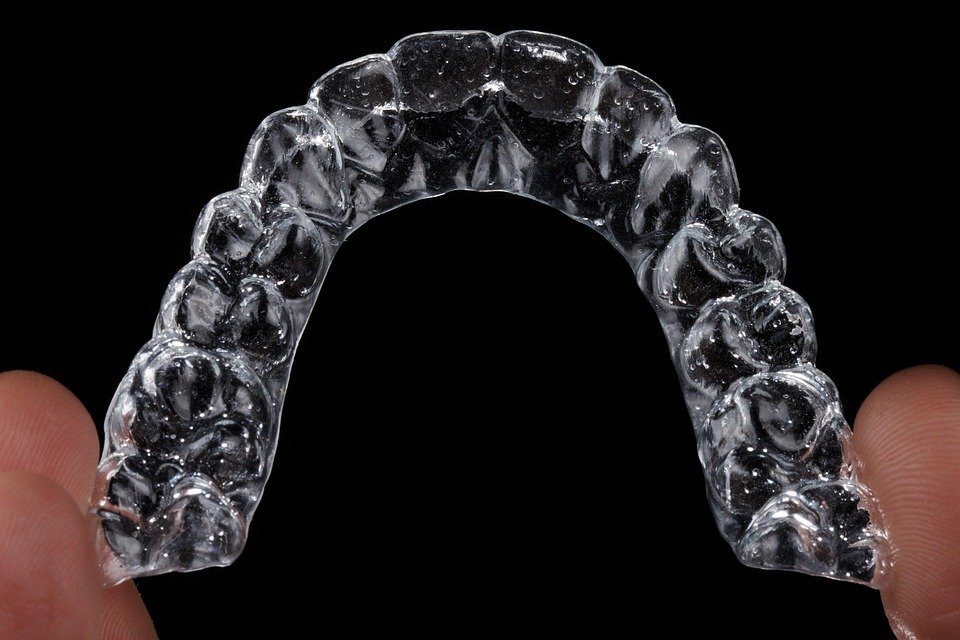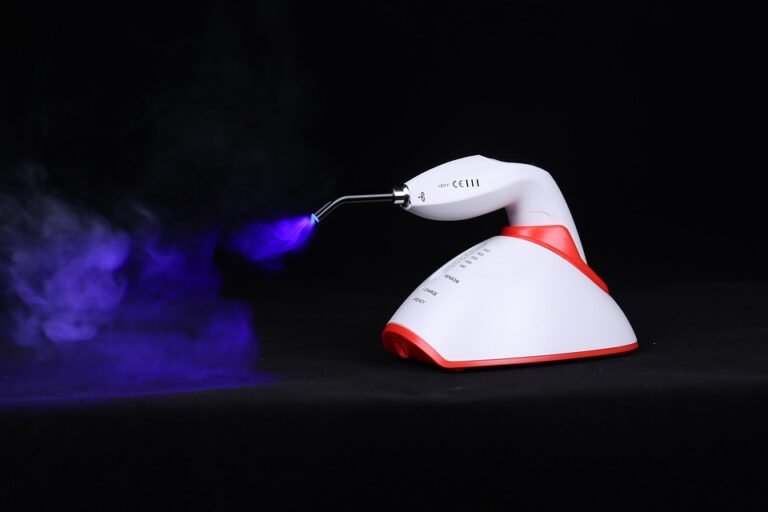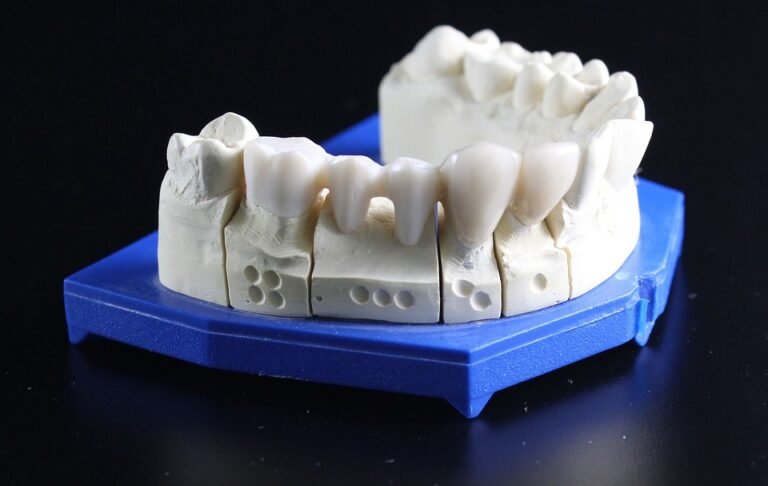What are the common mistakes to avoid in dental photography?
Okay, so I’m trying to improve my dental photography. I’m using a Canon EOS Rebel T7 with a 100mm macro lens and a ring flash, which seems to be a pretty common setup. I’ve watched a few tutorials, but I still feel like my photos aren’t consistently great. Sometimes they’re blurry, sometimes the colors are off, and sometimes they just look… flat.
I’m mostly taking photos for patient records, shade matching, and maybe the occasional case presentation. I’d really like to avoid rookie mistakes. So, what are the really common mistakes dentists make when they first start doing dental photography, and more importantly, how can I avoid them? I’m especially concerned about issues with:
- Focusing: Getting those crisp, clear details is proving tricky.
- Lighting: Avoiding harsh shadows and getting consistent color.
- Retraction and Isolation: How to keep things clean and visible without getting retractor artifacts.
- Camera Settings: Are there specific settings I should be using consistently?
- Angulation/Positioning: Making sure I’m getting the right angles for diagnosis and documentation.
Any tips, tricks, or resources (aside from the obvious YouTube videos) would be greatly appreciated!
Answer
Common mistakes in dental photography can compromise the quality and accuracy of the images, making them less useful for diagnosis, treatment planning, communication, and documentation. Here’s a detailed breakdown of common pitfalls and how to avoid them:
1. Incorrect Camera Settings and Equipment Selection:
- Using Automatic Mode: Relying solely on the camera’s automatic mode often results in inconsistent exposure, inaccurate white balance, and a lack of control over depth of field. This can lead to poorly lit, color-distorted, or blurry images.
- Solution: Switch to manual mode (M) or aperture priority mode (Av/A). Control ISO, aperture, shutter speed, and white balance manually.
- Inadequate Lighting: Insufficient or uneven lighting obscures details, casts harsh shadows, and introduces noise.
- Solution: Use a dedicated dental flash, either ring flash or twin flash. Understand the advantages and disadvantages of each type for different applications (intraoral vs. extraoral). Ensure the flash is properly positioned to provide even illumination without glare. Consider using diffusers to soften the light.
- Incorrect Lens Selection: Using a general-purpose lens instead of a macro lens compromises the ability to capture fine details at close range.
- Solution: Invest in a dedicated macro lens with a true 1:1 magnification ratio. This allows you to capture images at life-size or greater.
- Low-Resolution Images: Capturing images with low resolution results in a loss of detail and limits the ability to enlarge and crop images without significant quality degradation.
- Solution: Set the camera to capture images at the highest possible resolution.
2. Poor Intraoral Photography Technique:
- Insufficient Retraction: Inadequate retraction of the lips and cheeks obstructs the view of the teeth and surrounding tissues.
- Solution: Use appropriate retractors (e.g., cheek retractors, lip retractors) to fully expose the area of interest. Ensure the retractors are clean and autoclavable.
- Lack of Air Drying: Excess saliva and moisture on the teeth create reflections and blur the image.
- Solution: Thoroughly air-dry the teeth with an air syringe before capturing the image. Consider using anti-fog solutions.
- Incorrect Mirror Positioning: Improper mirror placement can distort the image, create reflections, and fail to capture the desired anatomical structures.
- Solution: Practice proper mirror positioning techniques. Ensure the mirror is clean and free of scratches. Hold the mirror steady and at the correct angle to capture the full arch or specific area of interest.
- Blood and Debris: Presence of blood, saliva, or debris obstructs the view and compromises image quality.
- Solution: Before taking the photograph, gently clean the area of interest, removing any blood, saliva, or debris. Suction the area if necessary.
- Blurry Images due to Camera Shake: Movement of the camera during exposure leads to blurry images.
- Solution: Use a stable hand position. Use a slower shutter speed when using a tripod.
- Incorrect Focus: Failing to achieve sharp focus results in blurry images and loss of detail.
- Solution: Use autofocus or manual focus to ensure the area of interest is in sharp focus. Take test shots and zoom in to check focus before capturing the final image. Use a small aperture (high f-number) to increase depth of field.
3. Poor Extraoral Photography Technique:
- Inconsistent Backgrounds: Distracting or inconsistent backgrounds detract from the subject and make it difficult to assess facial features.
- Solution: Use a plain, neutral background (e.g., white, gray, or blue). Ensure the background is clean and free of distractions. Maintain consistency in the background for all extraoral photographs.
- Incorrect Head Positioning: Improper head positioning can distort facial proportions and make it difficult to compare images over time.
- Solution: Use a headrest or positioning device to ensure the patient’s head is properly aligned. Follow standardized head positioning protocols for frontal and profile views.
- Lack of Standardized Views: Failing to capture standardized views (e.g., frontal, profile, oblique) makes it difficult to compare images over time and communicate findings effectively.
- Solution: Establish a protocol for capturing standardized views for each patient. Use templates or guides to ensure consistent image capture.
- Poor Lighting: Uneven or harsh lighting casts shadows and obscures facial features.
- Solution: Use a soft, diffused light source to illuminate the face evenly. Avoid direct flash, which can create harsh shadows and red-eye. Consider using multiple light sources to eliminate shadows.
- Patient Comfort: Forcing the patient to hold an uncomfortable position, especially for longer shoots, can lead to movement and blurry images.
- Solution: Make sure the patient is as comfortable as possible, support their head if required, and encourage them to communicate any discomfort.
4. White Balance Issues:
- Incorrect White Balance: Improper white balance causes color casts and distorts the natural colors of the teeth and tissues.
- Solution: Set the white balance to "flash" or manually adjust it using a white balance card or gray card. Take a test shot and check the color accuracy before capturing the final image. Ensure consistent white balance settings for all images.
5. Infection Control Protocols:
- Cross-Contamination: Failing to properly disinfect or sterilize equipment between patients can lead to cross-contamination.
- Solution: Follow strict infection control protocols. Use disposable barrier sleeves on the camera body, lens, and flash. Sterilize or disinfect retractors, mirrors, and other reusable equipment between patients.
6. Ethical and Legal Considerations:
- Lack of Patient Consent: Taking photographs without obtaining informed consent from the patient is a violation of privacy.
- Solution: Obtain written informed consent from the patient before taking any photographs. Explain the purpose of the photographs and how they will be used.
- Improper Storage and Handling: Storing images without proper security measures can compromise patient confidentiality.
- Solution: Store images securely on encrypted devices or in a password-protected database. Comply with all relevant privacy regulations (e.g., HIPAA).
7. Post-Processing Errors:
- Excessive Editing: Over-editing images can distort the natural appearance of the teeth and tissues and make it difficult to accurately assess clinical findings.
- Solution: Use post-processing software sparingly. Focus on adjusting brightness, contrast, and white balance. Avoid excessive sharpening or smoothing, which can introduce artifacts.
- Improper Cropping: Cropping images incorrectly can remove important anatomical landmarks and make it difficult to compare images over time.
- Solution: Crop images consistently, ensuring that all relevant anatomical landmarks are included. Use standardized cropping guidelines.
8. Lack of Documentation:
- Failure to document settings or patient information: This results in an inability to replicate consistent images over time.
- Solution: Keep a log of camera settings used for each type of photograph. Incorporate patient identifiers into the image filename or metadata.
By avoiding these common mistakes and adopting best practices, dental professionals can capture high-quality, accurate, and consistent dental photographs that are invaluable for diagnosis, treatment planning, communication, and documentation. Continuous practice and education are essential for improving dental photography skills.
- Solution: Keep a log of camera settings used for each type of photograph. Incorporate patient identifiers into the image filename or metadata.



